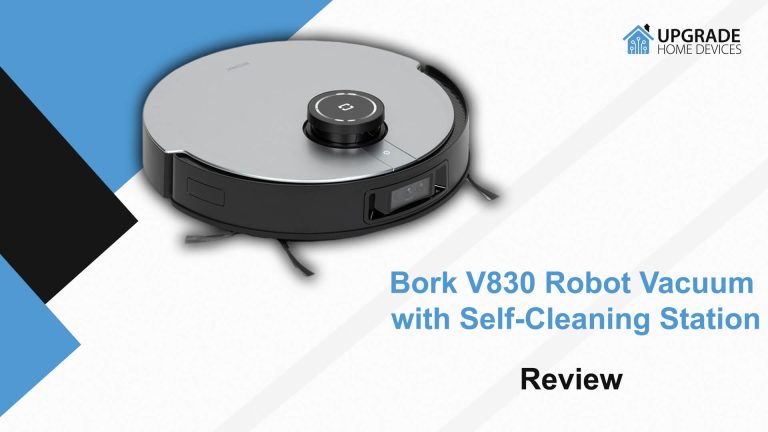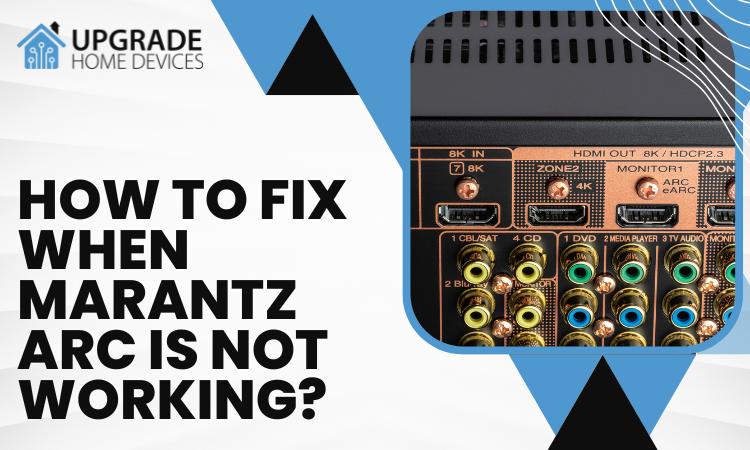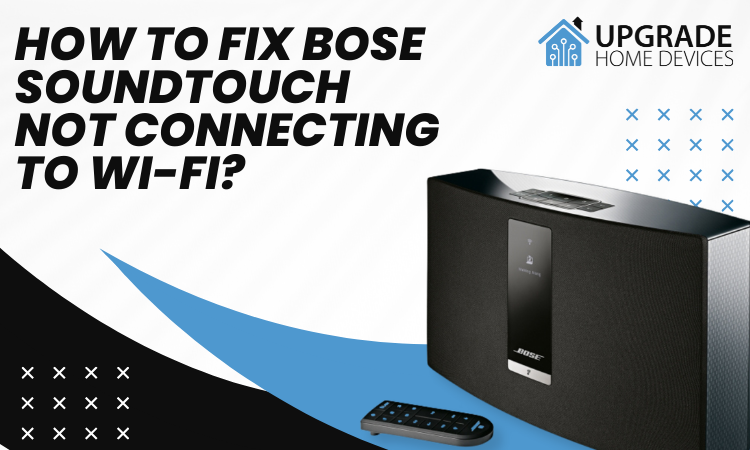Choosing an Induction Cooktop: How to Avoid Disappointment
Remember the moment when you first heard about smartphones? It seemed like this technological marvel was capable of everything, and now we can’t imagine our lives without them. Well, in the world of cooking and kitchen gadgets, a kind of revolution has been the induction cooktop. This is not just a new way of cooking; it is a whole philosophy that promises to make the process faster, safer, and more efficient. But, as with smartphones, there are many myths and misconceptions surrounding induction cooktops. Let’s figure out what they really are and whether it’s worth parting with your old electric or gas stove for them.

Table of Contents
- Induction Cooktop: How it Works
- Choosing Cookware for an Induction Cooktop: Important Nuances
- Key Factors to Consider When Choosing an Induction Cooktop
- Additional Options for Induction Hobs
Induction Cooktop: How it Works
The induction cooktop is like the magic of modern cuisine, only everything is explained by science, not spells. Let’s figure out how it works.
Imagine that beneath the glass surface of your kitchen stove, there is a coil of copper wire hidden. When you turn on the stove, an electric current begins to flow through this coil. But instead of heating up itself, as happens with an electric stove, this coil creates an alternating magnetic field around itself. This field is nothing but an invisible force capable of penetrating through the glass surface of the stove.
Now, here’s the most interesting part: when you place cookware suitable for induction heating on the stove (and this is usually cookware with a ferromagnetic bottom), eddy currents, caused by the magnetic field, begin to “run” around the bottom of this cookware. These currents, also called induction currents, convert the energy of the magnetic field into heat. That’s how, without heating the air around it or the stove itself, your food begins to cook.
Induction cooktops can achieve an energy transfer efficiency from source to cookware of up to 90%. In comparison, gas stoves have an efficiency of about 40-55%, and traditional electric stoves have an efficiency of 70-75%. This means that induction cooktops use electricity much more efficiently, as almost all of it is converted into heat right where it’s needed—in the bottom of your pot or pan.

Choosing Cookware for an Induction Cooktop: Important Nuances
Transitioning to an induction cooktop isn’t just a matter of swapping one kitchen appliance for another; it’s the beginning of a new era in your culinary experience. But for this era to be successful, you need to choose the right cookware. After all, without special cookware, the magic of induction heating will remain out of reach.
Why is choosing cookware important?
Cookware for an induction cooktop plays the role of a secondary winding in a transformer, where the primary winding is a copper coil hidden beneath the glass-ceramic surface of the cooktop. This means that for cooking on such a stove, your cookware must have a ferromagnetic bottom capable of reacting to the magnetic field and converting it into heat.
How to choose suitable cookware?
Manufacturers mark suitable cookware with a special symbol—a coil or a sign indicating compatibility with induction cooktops. If you want to check existing cookware at home, use a simple magnet: by placing it on the bottom of the cookware, you can easily determine if it’s suitable for your new stove. The magnet should hold firmly—this indicates that the cookware is suitable.
Features of using unsuitable cookware
If you mistakenly or out of curiosity try to use unsuitable cookware, the induction cooktop simply won’t activate. This is one of the advantages of induction cooktops—safety in use. The stove heats only the bottom of the cookware, remaining relatively cool, which eliminates the risk of burns from accidental contact.
Choosing the shape and size of cookware
The right choice of cookware plays a crucial role in optimizing the operation of an induction cooktop. The main criterion for selection is the correspondence of the shape and size of the cookware bottom to the dimensions of the heating element. To achieve the best performance and save time on cooking, it’s important for the cookware bottom to be completely flat and cover the heating element at least 70%. Cookware that doesn’t meet these requirements can lead to a noticeable decrease in heating speed and, as a result, an increase in cooking time.
Adapters
For those who prefer not to update all their kitchen utensils, special adapters are available on the market—metal plates that expand the possibilities of using induction cooktops, making them compatible with any type of cookware. However, it’s worth considering that using such adapters can negatively affect cooking efficiency and overall ease of use, as they can slow down the heating process.
Investing in specialized cookware for an induction cooktop isn’t just a purchase; it’s an investment in the quality and convenience of your culinary process. By choosing cookware perfectly suited to your stove, you not only improve cooking quality and reduce time in the kitchen but also ensure the durability and efficiency of the stove itself.

Key Factors to Consider When Choosing an Induction Cooktop
When selecting an induction cooktop, it’s important to consider several key factors that will affect the comfort and enjoyment of using it in your kitchen.
Number of Cooking Zones
The first step in choosing an induction cooktop is determining the number of cooking zones needed. For individuals or couples who are not avid cooks, an option with two cooking zones is ideal—it allows you to save both money and kitchen space. However, if your family is large or you find joy in preparing a variety of dishes, a model with five or six cooking zones will open up wide possibilities for culinary creativity, allowing you to cook multiple dishes simultaneously.
Shape of Cooking Zones
The shape of the cooking zones is another aspect to consider, although it doesn’t directly affect the functionality of the device. Modern manufacturers offer not only traditional round cooking zones but also more original shapes, such as square, diamond, and oval. This is more of an aesthetic and personal preference, but don’t forget that the most important thing is for the bottom of your cookware to match the size of the cooking zone. The panel will not work efficiently if the cookware does not cover at least 70% of the heating zone, making the selection of the correct diameter of the cooking zones important.
Some induction panel models are equipped with a heating zone extension function, which is particularly useful for large cookware or dishes that require specific conditions. This function allows the panel to adapt to the size of the cookware, increasing the flexibility of use and helping to make the most efficient use of available space.

What panel material
When choosing the material for the surface of an induction cooktop, it is important to consider both functional and economic aspects. In most cases, buyers are offered two options: tempered glass and glass-ceramic. Externally, these materials may seem identical, but the key differences are hidden in their properties and price.
Models with a surface made of tempered glass attract with their affordability. For example, options from Bosch may differ significantly in price, where an induction panel with a tempered glass surface will be a more budget-friendly option compared to a glass-ceramic model. For instance, the Bosch Serie induction panel with a tempered glass surface may cost 10,000 rubles less than a similar model made of glass-ceramic.
The main difference between these materials lies in their heat resistance. Glass-ceramic surfaces can withstand significantly higher temperatures—up to 600 degrees Celsius, and this advantage is reflected in their price. Meanwhile, panels made of tempered glass may develop cracks over time, especially in the edge area, which is a consequence of their lower heat resistance.
Caring for both types of surfaces is not particularly difficult. To maintain their cleanliness and shine, it is sufficient to use special care products for glass-ceramic panels, which are suitable for both tempered glass and glass-ceramic. It is important to remember that neither of these materials tolerates strong mechanical impact, so it is necessary to avoid striking and dropping heavy objects onto the surface of the panel.
Size
One of the key factors to consider when choosing an induction hob is its dimensions, including width and depth. These parameters directly affect how many burners can be placed on the hob and, consequently, how functional and convenient it will be to use.
Standard models have a width ranging from 59 to 60 cm and a depth ranging from 50 to 60 cm. Such a hob typically accommodates four burners, making it a versatile choice for most kitchens. This size is ideal for family use, providing enough space for cooking multiple dishes simultaneously.
For those seeking even greater functionality and cooking a lot, there are larger models with widths ranging from 70 to 100 cm. The depth remains standard, but the presence of five or even six burners allows for cooking a large amount of food at once, which is especially convenient for entertaining guests or large families.
Small hobs, with a width ranging from 30 to 40 cm and a depth of about 50 cm, usually come with two or three burners. Such models are ideal for small kitchens or situations where the induction hob is used not as a primary but as an additional means of cooking.
Narrow hobs, with a width of about 30 cm and a depth of 50 cm, with two burners, are also available on the market. These hobs can be an excellent solution for very small kitchens or studios, where every centimeter of space counts.

Additional Options for Induction Hobs
Induction hobs come with a range of additional features that can make the cooking process even more convenient and safe. Among the most popular options are:
- PowerBoost or Boost — this feature allows you to temporarily increase the power of the burner by using energy from an adjacent one, which is perfect for quick heating or boiling. For example, you can boil 1.5 liters of water in just over a minute, whereas in normal mode, it would take about 4 minutes.
- Control panel lock — a necessary feature for households with small children. It prevents accidental activation or changes to the hob’s settings.
- Auto-off — this feature automatically turns off the hob when the cookware is removed, saving energy and increasing safety.
- Expanding burners — with this option, the burner can adapt to the size of the cookware used, providing more efficient and even heating.
- Temperature modes — modern induction hobs can offer up to 20 different temperature modes for precise control over the cooking process.
- Limitless burners — an innovative solution that allows you to use the entire available space on the hob without restrictions on the shape or size of the cookware.
- Pause — a function that allows you to temporarily pause the cooking process without losing the current settings.
- Power indicator — the hob displays the current power of the burner, allowing you to better control the cooking process.
- Timer — a convenient feature for controlling the cooking time of dishes or reminding you to add ingredients.
These additional features make induction hobs not only efficient but also multifunctional tools in the kitchen, capable of meeting the needs of even the most demanding users.
Switching to an induction hob is a modern solution for the kitchen, combining high efficiency, time and energy savings, as well as increased safety.




